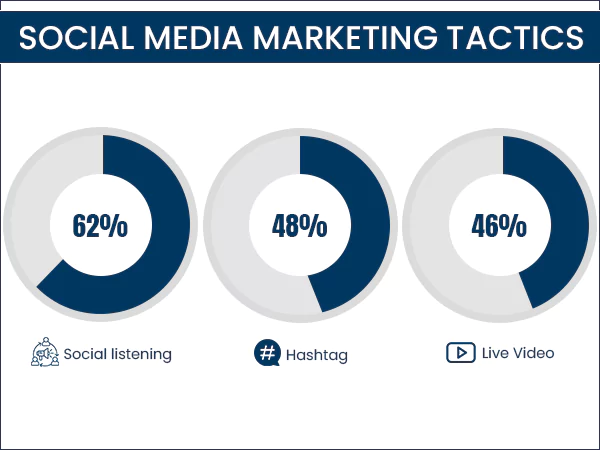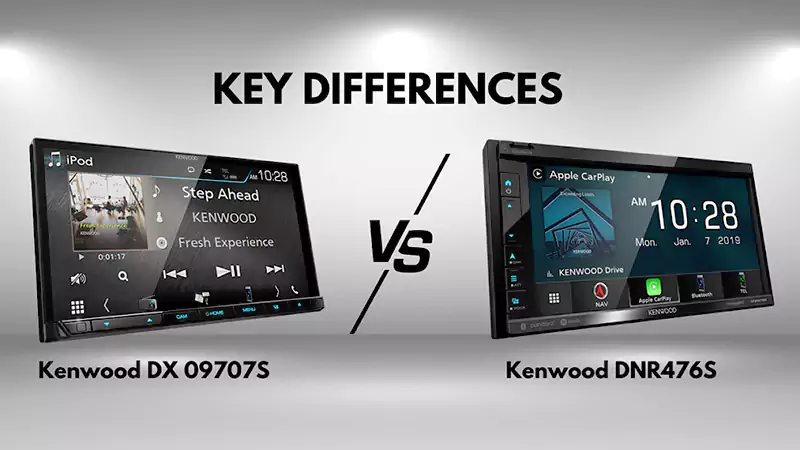The Comprehensive Evolution of Social Media Marketing: Insights from an Expert

Social media marketing’s journey from a nascent digital curiosity to a fundamental aspect
of modern business strategy is as complex as it is fascinating. This detailed exploration
covers the various phases of this evolution, tracing the path from the early days of online
networking to the sophisticated, data-driven approaches of today.
It’s a story that intertwines technological advancement with shifts in consumer behavior,
illustrating how online platforms have become integral to the way brands communicate,
engage, and grow their audiences.
As we delve into this history, we’ll uncover the pivotal moments and innovations that
have shaped the landscape of social media marketing, offering insights into its
transformative impact on the business world. From the rudimentary approaches of the
late 1990s to the hyper-targeted, AI-enhanced techniques of the present day, this
journey reflects a rapidly evolving field that continues to redefine the boundaries of
advertising and customer engagement.
The Inception and Early Experimentation (Late 1990s – Early 2000s)
The late 1990s heralded the birth of social media with forums like SixDegrees and
Friendster. These platforms focused primarily on personal connections, offering a new
way for individuals to interact online.
As these platforms gained traction, pioneering businesses started to explore their
marketing potential. These early attempts were primarily about establishing an online
presence, rather than engaging meaningfully with potential customers.
The Rise of Major Social Media Channels (Mid 2000s – 2010s)

(This image shows the top social media marketing tactics that are a hit in 2024).
This period marks a significant evolution in its landscape, as new platforms emerged, and
existing ones grew in popularity and sophistication. It was a time when these forums
began to weave themselves into the fabric of daily life, not just for individuals, but also for
companies.
The mid-2000s to the early 2010s saw a seismic shift in how companies approached
marketing, with an increasing realization of the power of social media in shaping
consumer opinions and behaviors. These years were pivotal in transforming it from a mere
communication tool into a vital advertising platform, offering unique opportunities for
brands to engage with their audience in real-time, foster community, and build lasting
customer relationships.
With the emergence of networks, social media growth services like Just Another Panel
showed up. You can boost different pages with the provider’s services. You can become a
successful businessperson or an influencer on these platforms with the support of JAP.
Dominance of Facebook and MySpace
The introduction of MySpace and Facebook significantly altered the digital landscape.
Facebook, in particular, offered innovative features like brand pages, enabling businesses
to create a dedicated space for interacting with their audience.
Twitter’s Innovation in Customer Interaction
Twitter introduced a new dynamic with its real-time communication capability,
revolutionizing how companies could engage with customers and respond to their needs
swiftly.
YouTube and the Advent of Video Marketing
YouTube opened up a new frontier for marketers with its video application. This allowed for more engaging and comprehensive visual storytelling, a vital component in modern advertising strategies. Many marketers now rely on tools like the best YouTube panel to boost video reach, gain subscribers, and track performance more effectively.
Refined Targeted Advertising
These platforms began offering more sophisticated advertising options. This era saw the
rise of targeted ads, which used user data to help businesses reach specific demographics
with tailored messages.
The Visual Appeal of Instagram and Pinterest
With their focus on visual content, Instagram and Pinterest offered new avenues for
brands to highlight their products and services. This was especially impactful in sectors
where visual appeal was paramount, like fashion, travel, and lifestyle.
The Emergence and Impact of Influencer Marketing
Influencer marketing became a significant trend, with platforms like Instagram and
YouTube leading the way. Brands began collaborating with famous personalities who had
large followings, tapping into their ability to influence consumer decisions.
Integration, Advanced Analytics, and the Focus on Authenticity (Late 2010s
– Present)
Sophisticated Analytics Tools: The development of advanced analytics tools on these
platforms allowed marketers to delve deeper into campaign performance metrics and
audience insights, making data-driven decisions.
Seamless Ecommerce Integration: They began integrating direct shopping features,
making it easier for companies to link their products directly from their posts and stories.
Emphasis on Authentic Engagement: With an oversaturated market, authenticity has
become vital. Brands started focusing more on building genuine relationships and
communities rather than just pushing sales.
Do You Know?
The number of social media users worldwide has swelled to a record 4.9 billion people globally. And, this number is expected to jump to approx. 8.85 billion users by 2027.
Navigating the Present Challenges and Anticipating Future Trends
Navigating the present challenges and anticipating future trends in social media
marketing involves adapting to a range of dynamic factors.
Firstly, the growing concerns over data privacy and evolving regulations are significantly
reshaping the conduct of advertising. This shift places a heightened emphasis on
transparency and ethical data use, compelling marketers to reassess their plans in light of
new privacy norms.
Secondly, the emergence of new forums like TikTok signifies a substantial change in
content preferences. These platforms have popularized short, engaging video content,
particularly among Gen Z and younger audiences, dictating a shift in content approach to
align with these preferences.
Lastly, the role of artificial intelligence (AI) and machine learning in personalization is
poised to have a profound impact on the future of advertising. AI’s integration is expected
to bring unprecedented levels of personalization in content delivery and customer
interaction, tailoring promotion efforts to individual user preferences and behaviors more
effectively than ever before.
Conclusion
This extensive history of social media marketing highlights the adaptability and
innovation required to succeed in this dynamic field. As we continue to navigate these
online waters, embracing modern technologies and strategies will be decisive for
businesses looking to stay ahead in the social media game. The key lies in understanding
these evolutionary trends and adapting strategies to meet the ever-changing needs and
preferences of the digital consumer.






